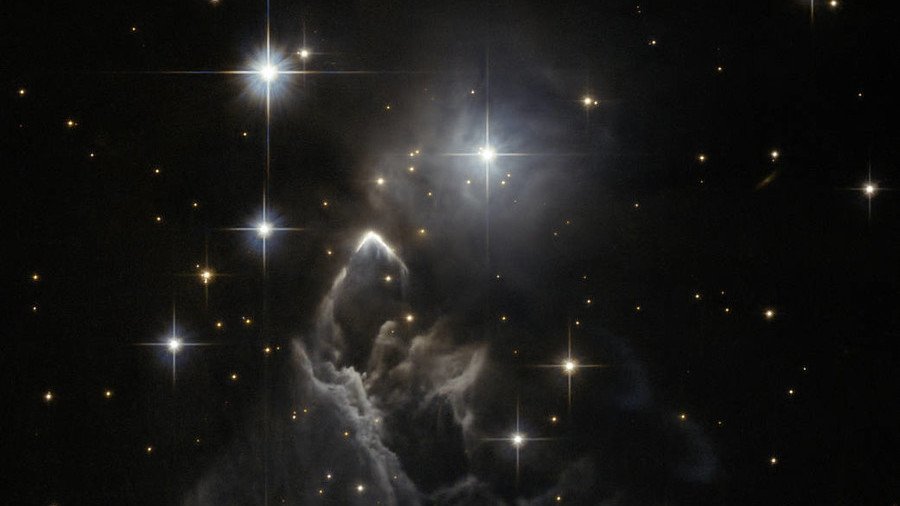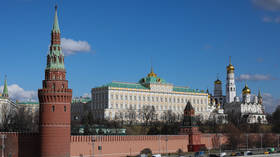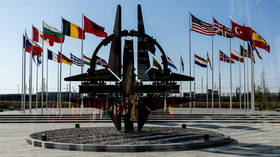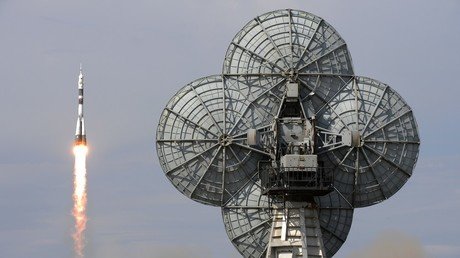‘Its exact nature is unclear’: Hubble snaps mysterious nebula (PHOTO)

The Hubble Space Telescope has captured a striking image of a strange star formation that continues to baffle astronomers and scientists, decades after it was first discovered.
The “little-known nebula” named IRAS 05437+2502 was snapped in the constellation of Taurus, close to the central plane of the Milky Way galaxy. The boomerang-shaped feature was first discovered in 1983 in a sky survey using infrared light to find new celestial objects invisible from Earth’s surface.
#HubbleFriday This little-known nebula billows out among the bright stars and dark dust clouds that surround it in this striking image. Unlike many of Hubble’s targets, this object has not been studied in detail and its exact nature is unclear: https://t.co/R667jP6zlXpic.twitter.com/4heC83mJSS
— Hubble (@NASAHubble) August 31, 2018
READ MORE: Earth-based telescope takes super-sharp image of Neptune (PHOTOS)
“Unlike many of Hubble’s targets, this object has not been studied in detail and its exact nature is unclear,”says the European Space Agency (ESA), which operates Hubble in partnership with NASA.
“At first glance it appears to be a small, rather isolated region of star formation, and one might assume that the effects of fierce ultraviolet radiation from bright, young stars probably were the cause of the eye-catching shapes of the gas.”
Try finding Earth in this stunning Hubble image https://t.co/wDBzaNKmaapic.twitter.com/TJAmq93dbK
— RT (@RT_com) August 20, 2018
The mesmerizing cloud of gas and dust surrounding the formation suggests it may have been created when a young star was ejected from the distant cluster in which it originated, and hurled some 200,000kph (124,000mph) through the dusty gas cloud.
Hubble was lucky to capture the stunning formation, as the space telescope’s “busy schedule” usually doesn’t allow for such spontaneous observations. The picture was created from images taken through yellow and near-infrared filters on the space probe’s surveying camera.
Like this story? Share it with a friend!















